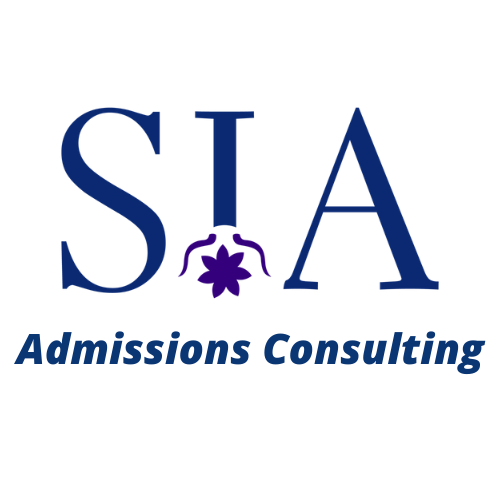image source: BusinessBecause.com
We cannot stress enough the importance of campus visits before applying to b-school, especially if the target school is geographically close. Making time for early research-driven excursions to a number of schools helps address multiple factors in the due diligence phase of the application process, results in saved energy and time in later stages.
Every applicant intends to gain admission to their target school, graduate, and find a job that provides the highest ROI. A university, like any employer, has its strengths and weaknesses both as an institution, as well as in its social and cultural make-up. While there are general similarities, universities differ in their curriculum, mode of teaching, faculty, etc. The administration and faculty make up the program, which will attract a specific type of student. The students and faculty will make up the culture in the classroom and outside; one’s success at the university will depend a great deal on his/her sense of belonging to that cohort. Graduate school is as much about learning as it is about networking; therefore, finding a school that meets the student’s needs on both program and culture may make a significant impact on their academic, social, and career success.
The Types of Visits:
There are two types of visits: (i) planned visits with admissions teams and faculty, and (ii) the unplanned visits where the prospective student explores campus on a Wednesday afternoon, for example, unannounced. It is pivotal that a prospective student makes time for both of these types of visits. Attend information sessions (universities plan information sessions throughout the year across the United States), schedule a campus tour, meet an admissions officer, audit a class, speak with current students (both in-class and outside), and contact alumni. Prospective students should be strategic about when they plan these excursions – an information session visit may easily be scheduled during the summer months, but gaining a full perspective of campus life can only occur during the school year. Scheduling time for these essential steps will enable a prospective student to familiarize himself/herself with the school’s program and values. The outcome of these conversations will help answer the questions, “Is this school, program, and culture right for me?” and “Will it provide the structure and opportunities I need to reach my goals?” At this stage, the prospective student is “interviewing” the university.
Meet the Professors
A great deal of a student’s graduate school life involves working with professors—working on coursework, being guided by professors on the capstone, and, depending on the program and institution, collaborating with professors and “sponsoring” organizations to contribute to solving real-world problems. These experiences will have a significant academic and professional impact that can be a cornerstone of career success. Therefore, engaging a core faculty in the research phase of the application process is critical. Prospective students should examine the list of the preferred program’s core faculty and reach out to a couple of professors (2 or 3 should suffice).
Faculty, typically, have email addresses listed on the university’ faculty directory. If the institution is local, ask to audit one of the professor’s courses (preferably an interesting course). While auditing, the prospective student should observe the professors lecture style, and ask herself/himself, “Is this my way of learning?” Speak with the professor after the audit, and inquire about the courses and other projects they are working on. Typically, professors work on other, non-class related projects that could prove meaningful in a student’s career plans. If visiting an institution is not feasible, still connect with professors via email or schedule a call. A prospective student can find treasures in these conversations that may lead to fulfilling work during the graduate school year(s), once admitted.
Meet the Students
Current students are invaluable sources of information. After a class audit, prospective students should speak with some of the current students in the audited class. Ask them about enjoyable characteristics of the course as well as challenges they face. These conversations should occur while the professor is not present, so the student feels comfortable being candid. If the prospective student makes an unannounced visit, he/she should speak with a number of students on campus. The conversation should address current students’ experience on campus, what are some of the program and cultural challenges they face. There is a high probability that the new incoming class will resemble the current student body. Therefore, the sample of students should be large enough to get an accurate read on the university’s values, campus life, program strength and weaknesses, and cultural nuances.
It is of equal importance that prospective students keep a log of their excursions. Invaluable data will be discovered during this process that can help structure a strong candidacy profile when applying to the institution. A strong candidate profile is one that not only meets the requirements of the institution but also is a strong fit both academically and among peers. The only way an applicant can showcase their strength is by thoroughly researching the institution and building a persuasive case about how they are a great fit. Referencing the names and conversations during the planned and unplanned visits in the “Why [insert institution name]?” demonstrates the seriousness with which the candidate is taking the MBA step and his/her readiness for grad school.


